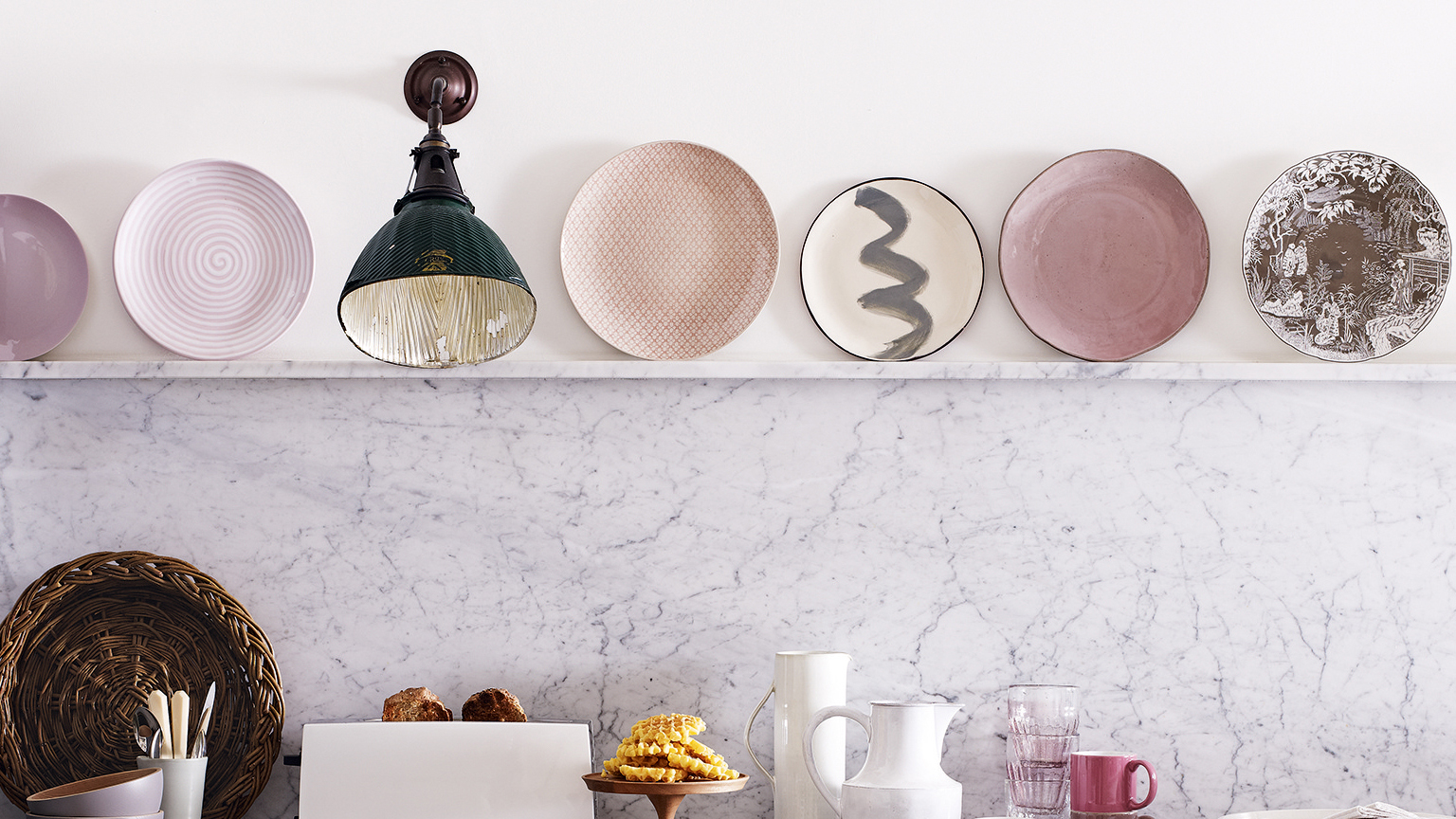
Decluttering can be quite an overwhelming task. With the range of methods available at your disposal, it's important to note and understand what works for you and your needs. So while exploring the world of all things clutter-free, we stumbled upon the "didn't know" decluttering rule.
This rule aims to streamline the process for you, help center your focus on the task at hand, and help you understand how to declutter your home. So, what is this method? Put simply, if you find something you didn’t know you had during a declutter session, it's probably time to let go of it. It's a surefire way to declutter your space and multiply your efforts without trying too hard.
If you're overwhelmed and don't know where to start, why not use this method? With a bit of guidance from our professional organizers, here's how you can effectively implement this method and ease your decluttering journey.
What is the "Didn't Know" rule?

How many times have you found something you'd completely forgotten you had during a clearout or declutter? It happens to all of us, and it signifies one of the most common problems of our modern world — overconsumption. If you have possessions collecting dust that you don't even know about, it's a pretty good indicator that you don't need them and might want to set up a decluttering checklist to ease things for you.
That's where the "Didn't Know" decluttering principle comes into action. "The belief is that if an item has been out of sight and mind for so long that you forgot you owned it, it's unlikely to be of significant value or use in your life," says Di Ter Avest, owner of Di is Organized and author of the book Organize Yourself Healthy, available at Amazon. As you make your way through your stuff, it becomes an easy decision-making process to help you part with things you don't need and avoid decision fatigue.
Amanda Wiss, Founder of NYC-based home organizing company Urban Clarity, says this rule is, "a way to approach clutter that has gathered in the farthest reaches of your home". Unless there's an obvious reason why that item should stay and has been forgotten — such as having sentimental value or being a family heirloom — it's time to let them go.
Storage Solutions for Your Home
Price: $32.99
Was: $50.99
Quantity: 2
Available in a pack of two, this rectangular basket is ideal for holding all your essentials. Stylish and functional, this product has three compartments, providing storage for your toiletries, clothing and even beauty products.
Price: $149
Was: $258
Color: Ivory
This Helene Upholstered Storage Ottoman is chic and versatile. Available in four different colors, this is the perfect storage solution. It will blend in well within the living room, bedroom, and even the entryway.
Price: $24.99
This woven basket is handy for holding blankets, toys, clothes, shoes and even makes for a great little decor piece. Available in five different colors, this product will certainly meet all you storage needs.
How Effective is This Method?

Setting out to find stuff you'd forgotten about is — by nature — a difficult task, especially when it comes to knowing how to declutter when you are overwhelmed. You could start with areas of the home you haven't paid much attention to, like the loft or garage, but we think this rule is most effective when used in tandem with a regular decluttering project. As you go through your stuff, anything you didn't know you had become an immediate item for the throw or donate pile.
If you're an indecisive person, this approach also makes it quicker to let things go without long deliberation, as well as easier to declutter without regretting it. "The "Didn't Know" rule could be a practical and effective decluttering strategy because it provides a neutral way to assess the items without the emotional inclinations that often accompany decluttering decisions," explains Di. "If you forgot about it, it might not be serving a meaningful purpose in your life."
That being said, Amanda recommends giving yourself some grace in this process. "It is entirely possible that rediscovering something can bring it to the forefront again," she explains. "A long-forgotten item can become a go-to. I think you have to allow yourself to hold on to some of these things, but it takes a lot of honesty with yourself to know the difference between holding on for a good reason, and holding on for the sake of holding on."
How can you adapt the "Didn't Know" Rule?

Decluttering techniques don't have to be hard and fast rules. Depending on your circumstances, personality, and your decluttering target, you can adapt ideas like the "Didn't Know" rule to make them more or less challenging.
If you don't want to declutter your home ruthlessly or be too cutthroat, Di suggests creating a designated a space in your home for items you randomly discover that you didn't know you had. "After a certain period (e.g., a month), if you haven't used or needed any of these items, it's a sign they may be ready to be let go," she says.
There are also cases where you might want to make exceptions. This might include the sentimental items we mentioned earlier or stuff that you don't use as often (because, let's face it, no one's memory is that good). "It's important to remember that not every forgotten item is necessarily useless. Some items might be seasonal or stored away for specific reasons," Di notes. "Use the rule as a guide rather than an absolute rule, and balance it with your personal needs, lifestyle, and sentimental values."
And lastly, remember to be kind to yourself. Decluttering can bring on waves of nostalgia as you find things you'd forgotten yet remind you of times long gone. "Sometimes you’ll come across forgotten items and not be ready to let go of them yet," says Amanda. "That’s okay, too."
The "Didn't Know" rule is a great tool to add to your decluttering and organization repertoire, but you certainly can't rely on it to fix all your troubles. Use it as part of a wider, more holistic approach to decluttering and you're sure to have greater control of the stuff inside your home.






